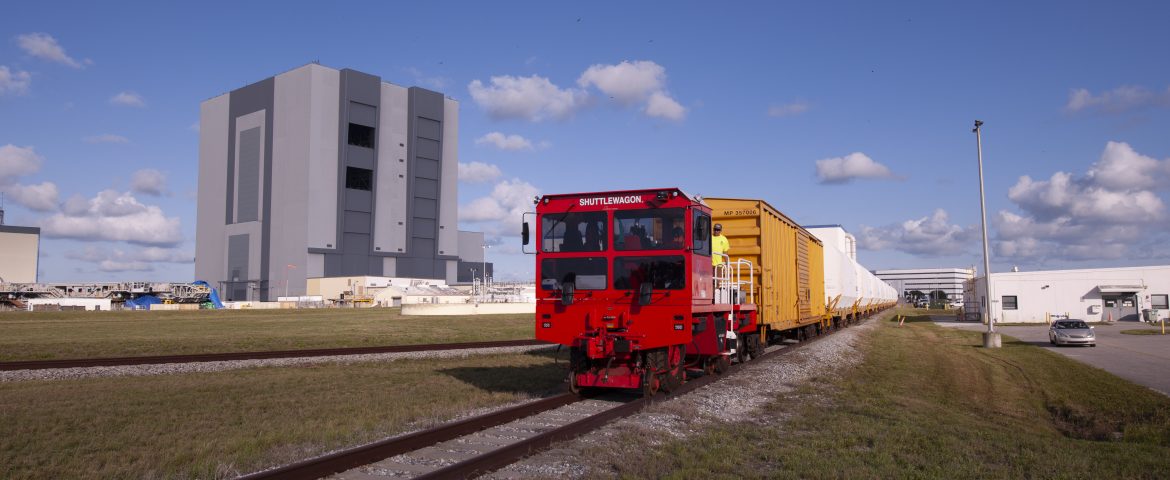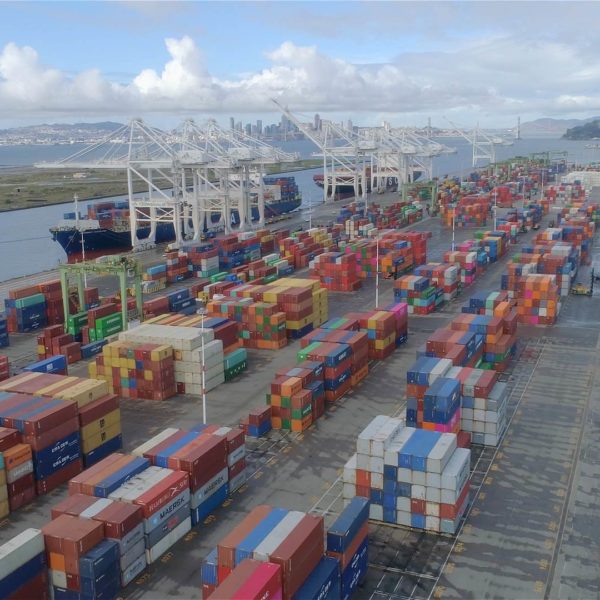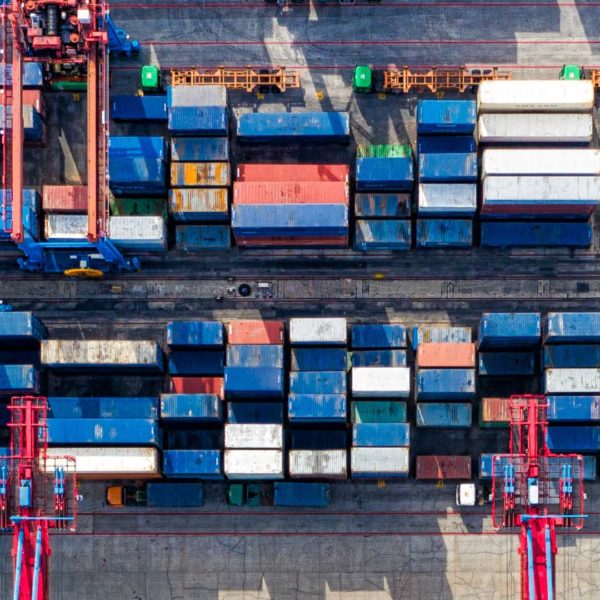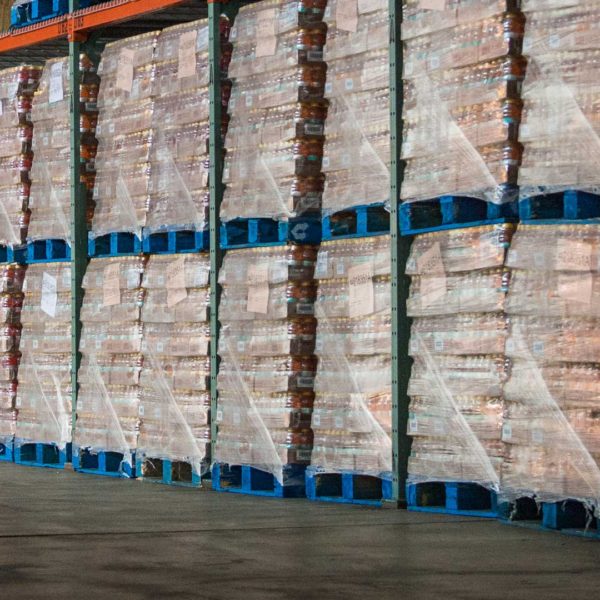When you think of NASA, you likely think of moon missions, rocket ships, the space shuttle, maybe even how much SpaceX has be able to outdo them recently. But one thing’s for certain, you probably didn’t know that NASA has their own 38 mile long railroad at the Kennedy Space center in Cape Canaveral, Florida.
The primary purpose of the railroad is to transport large equipment including rocket boosters. The railroad was used prominently during the space shuttle program to move reusable solid rocket boosters from a Utah packing plant to Florida.
Recently the railroad has made news for once again being operational to provide critical transportation services for the upcoming SLS vehicle. In this particular case, the SLS rocket and Orion spacecraft were transported to Cape Canaveral from Promontory Utah, which is where Northrop Grumman’s space facility is. If NASA maintains their schedule, the rocket will be used to transport astronauts to the moon in 2024 with test flights before then.
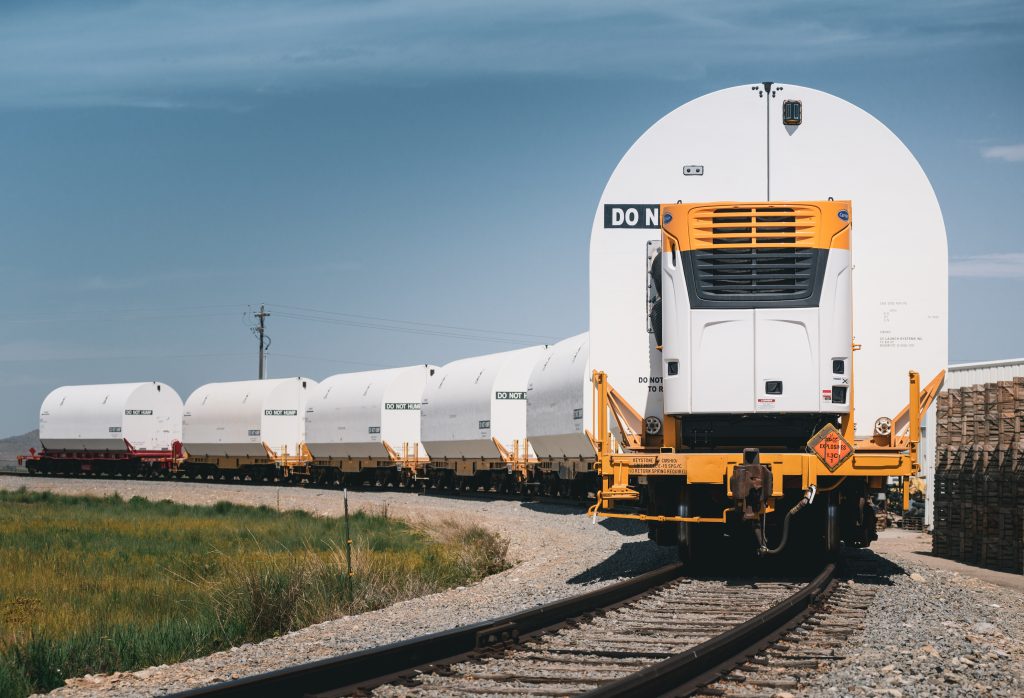
Space Race Origins
The railroad dates back to the 1960s when NASA realized they needed a more efficient means of transporting extremely heavy and physically large equipment between their own facilities and contractors’ facilities located around the country. Railways provide an important link to move extremely heavy over land freight that would not be possible to move via trucks on the nation’s highway system. Custom built railcars are required to move the specialized rocket components to properly support their weight and prevent damage during cargo shifts en route.
During the Apollo training program, a large sand pile was constructed utilizing the railway to move the raw materials, and to provide a surface where engineers, astronauts and scientists could test equipment that would be used on the moon’s surface.
Interestingly enough Russia also has relied on railroads to transport space components.
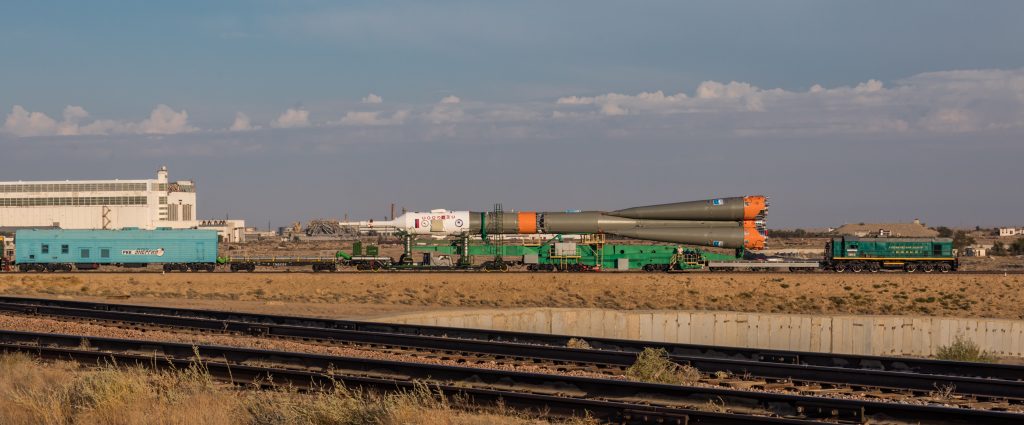
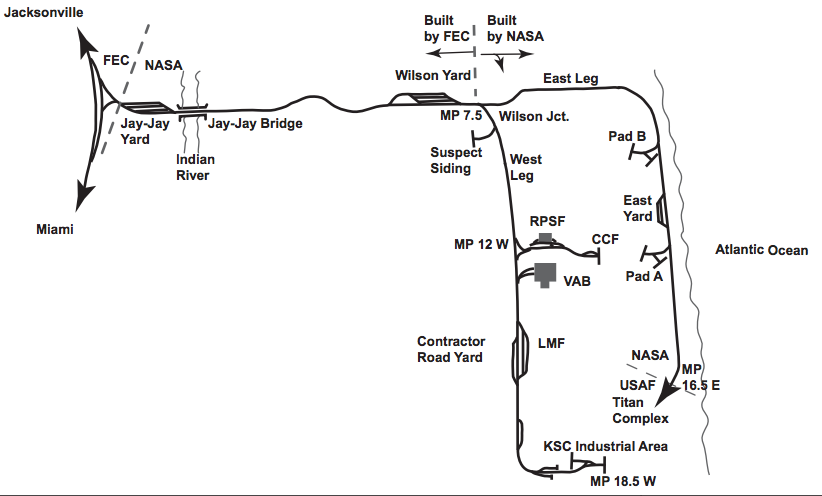
National Rail Network
Considered a shortline by Federal railway administration standards, the railroad utilizes mostly small older locomotives and trains operate at slow speeds. The railroad was developed with expertise from the neighboring Florida East Coast railroad, which is also home to the Brightline/Virgin Trains America passenger rail service. The Army Corp of engineers did much of the actual construction work, and built the railroad to much higher standards than were needed. The track was engineered for speeds up to 60mph, which requires heavier duty rail, roadbed grading and track alignment, even though NASA trains only operate up to 25mph. NASA’s railroad must interchange traffic with other north American railroads in order to move freight cross country. Interchanging railroads include the Florida East Coast, CSX, Norfolk Southern, Union Pacific and Kansas City Southern. This provides a national coverage for NASA’s shipping needs. Of note, the trains have to move across an old drawbridge that spans the Indian river. There are branch rail lines as per the map above that connect the system to various launch pads in the NASA facility.
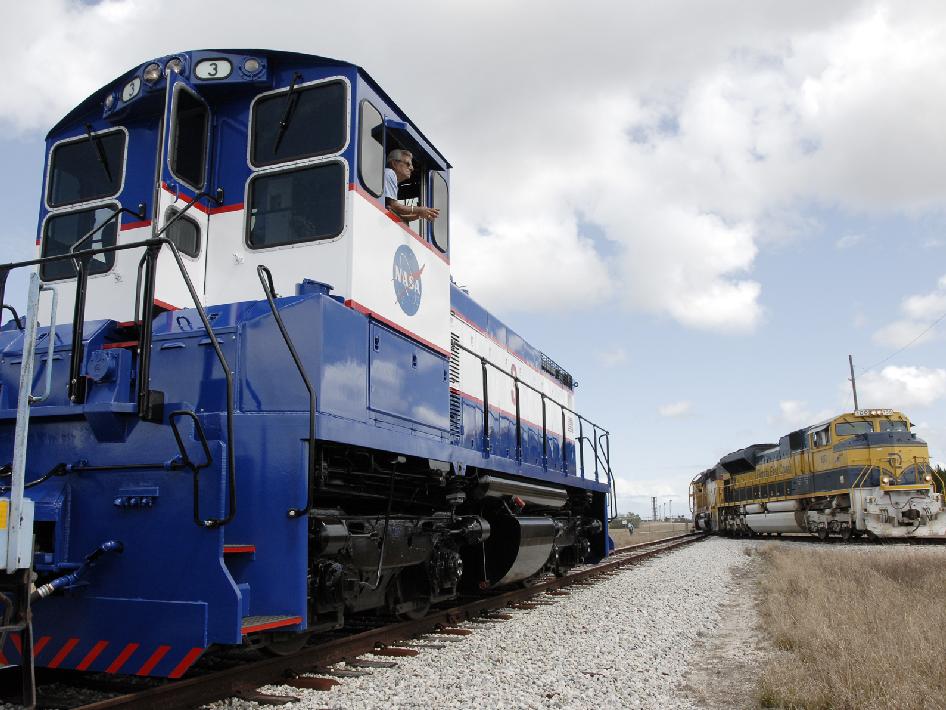
During the initial few years of the railroad, it was used to move millions of tons worth of construction materials to aid in the construction of the craw way and launch pads. It was also used to transport fuel for the Saturn V rockets.
Railroads really did connect the west and help build America in the economic powerhouse it is today. There were no cars, much less the interstate highway system during the 1800s-1910s when the railroads ruled the transportation industry. Even in 2020, railroads provide a much needed strategic transportation network that takes trucks off the road on long haul intermodal and carload freight routes, with emissions that are around 75% less than trucks and provides specialized services needed to propel the space age into the future!
Recommended for further reading:
https://www.nasa.gov/sites/default/files/files/NASA-Railroad.pdf
Southeastern Railway Museum Article on NASA railroad
https://www.nasa.gov/centers/kennedy/about/history/50thgallery/2009-03-19.html
